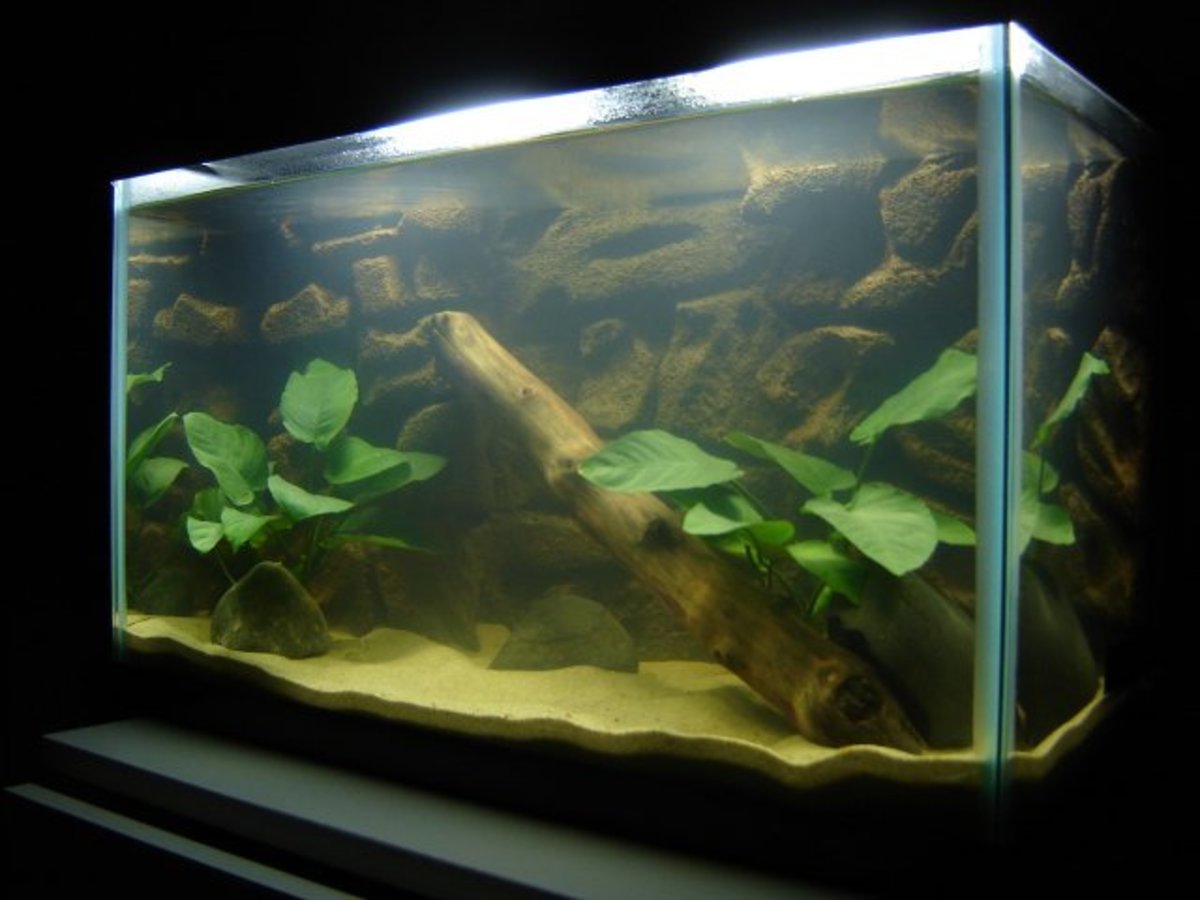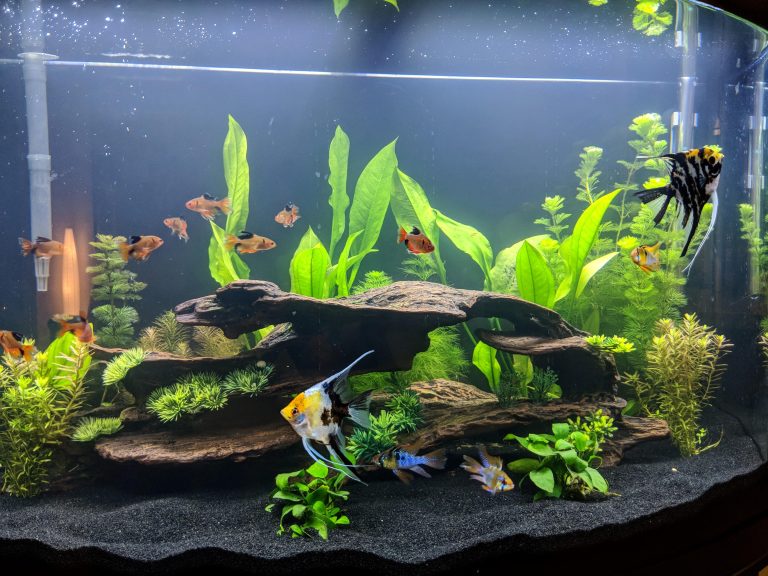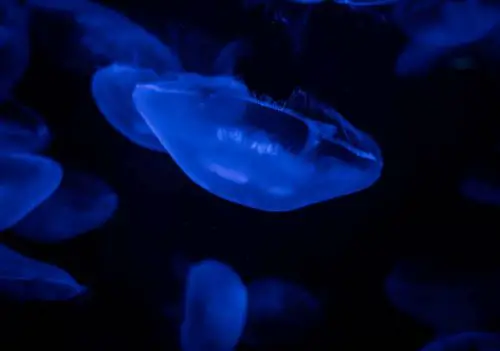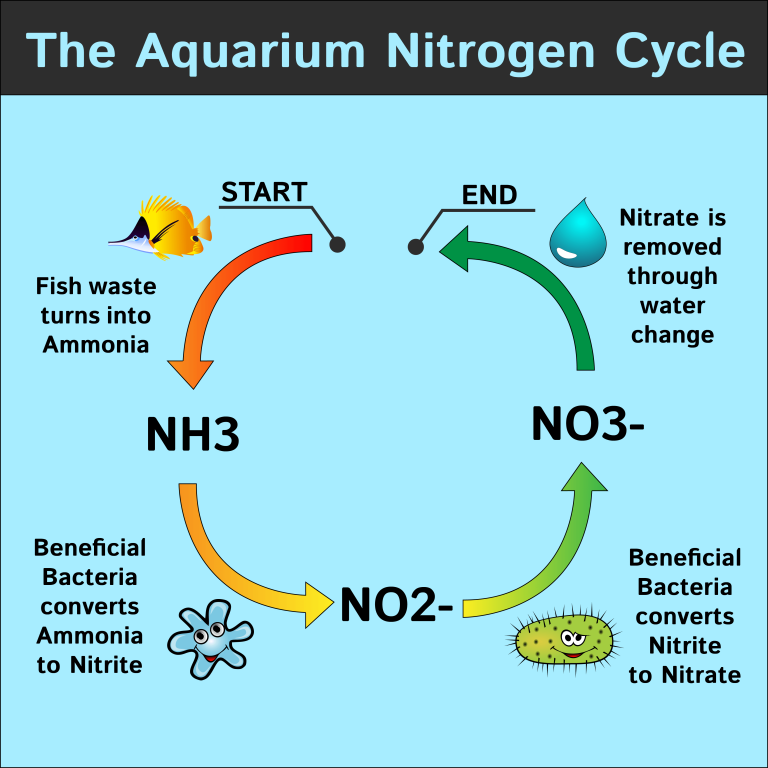How to Perfectly Prepare Sand for Your Aquarium
To prepare sand for aquarium, rinse the sand thoroughly until it runs clear. Then, fill the aquarium with the clean sand and add water.
Aquariums require clean and safe environments for their inhabitants to thrive. One way to achieve this is to ensure proper preparation of the sand before adding it to the tank. By removing debris and harmful particles, the sand will ensure a healthy and ideal condition for aquatic life.
In this article, we will discuss the step-by-step process to prepare sand for an aquarium. We will cover rinsing the sand, filling the aquarium with sand, and adding water. Following these steps will ensure a clean and suitable environment for your aquatic pets.

Credit: www.youtube.com
Choosing The Right Sand For Your Aquarium
Preparing sand for the aquarium may sound like a straightforward task, but selecting the right type of sand can make all the difference. With so many options on the market, it can be overwhelming to try and decide which sand will be best for your aquarium.
This subheading will address that, and provide you with information on understanding the different types of sand, the benefits of choosing the right sand, and factors to consider when picking the best sand for your aquarium.
Understanding The Different Types Of Sand
There are various types of sand available for use in aquariums, and it is essential to consider their qualities before making your selection. Here are some of the most common varieties:
- Play sand: This is the most affordable type of sand on the market, but it can contain impurities that are harmful to fish and plants. Plus, it can create a cloudy look to your water.
- Pool filter sand: This kind of sand is high quality and affordable, making it a popular choice. It’s easy to clean, has a uniform size, and won’t stray too much from its ph neutral point.
- Silica sand: This sand is a bit more expensive and doesn’t have the best uniformity. It can also bump up ph levels and, thus, not ideal for some aquariums.
- Live sand: This type of sand contains beneficial bacteria and microorganisms and can provide a more natural look in your aquarium. It is pricier, but it could save you money by reducing the need for additional filtration systems.
The Benefits Of Choosing The Right Sand
Choosing the right sand is a crucial aspect of keeping a healthy and thriving aquarium. Here are just a few of the benefits:
- Safe for aquatic life: Quality sand won’t contain harmful substances or impurities.
- Reduces waste: Good sand is beneficial in reducing waste buildup and oxygenating your aquarium.
- Aesthetic appearance: The right sand will enhance the overall look of your aquarium, providing a more natural and aesthetically pleasing environment.
- Natural filtration: Sand can provide a surface area for beneficial bacteria growth, which can help filter your aquarium water.
Factors To Consider When Picking The Best Sand For Your Aquarium
Selecting the best sand for your aquarium requires assessing your aquarium’s needs and considering some essential factors:
- Grain size: Consider the size of your fish and their needs. For instance, fine sand can pose a problem for fish that like to dig.
- Color: Natural sand colors can range from black to white and in between. Consider what will be complementary to your aquarium plants and decor.
- Price: Sand can be an upfront expense and an ongoing cost. Decide your budget before purchasing.
- Composition: Does the sand contain any chemicals or materials detrimental to your aquarium inhabitants? Look for non-toxic, high-quality options.
Choosing the right sand is a critical step in maintaining a healthy and beautiful aquarium. By understanding the different types of sand, the benefits, and the essential factors to consider, you can make an informed choice and enjoy a thriving aquatic ecosystem.
Preparing The Sand For Your Aquarium
Sand is a great addition to any aquarium as it helps cultivate a natural environment for your aquatic pets. However, using the wrong type of sand or not preparing it correctly can lead to problems such as cloudiness, contamination, and even harm to your fish.
Here’s how to prepare sand for your aquarium.
Cleaning The Sand Before Adding It To Your Tank
Before you put sand in your aquarium, it is vital to ensure it is clean. Cleaning the sand will help to eliminate any impurities which could be harmful to your fish. Here are some steps to clean the sand for your aquarium:
- Put the sand in a bucket and fill it with water.
- Rinse the sand with your hand, and you’ll notice the water turn cloudy.
- Drain the water and repeat the process until the water is clear.
- Once it is clear, pour the sand into the tank.
Rinsing The Sand To Ensure It’S Free Of Debris And Contaminants
It’s essential to rinse the sand thoroughly after you have cleaned it. This helps ensure that all the debris and contaminants have been removed, which could be harmful to your aquatic pets. Here’s how to rinse sand for your aquarium:
- Once it is clean, add water to the bucket containing the sand until it is about half full.
- Swirl the sand around with your hand.
- As the water becomes cloudy, use the hand to scoop it out, and replace it with clean water.
- Repeat this process until the water runs clear.
- Once the water is clear, you can add the sand to your tank carefully.
Soaking The Sand To Reduce Cloudiness And Prevent Bubbles
Soaking sand before adding it to your aquarium can help reduce cloudiness and prevent bubbles. This is because soaking removes any air pockets that may be trapped in the sand, which could cause bubbles to form. Here’s how to soak sand for your aquarium:
- Fill the bucket with room-temperature water and add the sand.
- The ratio of sand to water should be 1: 5.
- Stir the sand occasionally and leave it for 24 hours.
- After 24 hours, pour off the excess water and rinse the sand until the water becomes clear.
- You can now add the sand to your aquarium, and you’ll have a beautiful underwater environment for your aquatic pets.
Preparing sand for your aquarium is crucial to ensure a healthy and safe environment for your aquatic pets. By following the steps outlined above, you can be sure that you are providing the best environment possible for your fish.
Setting Up Your Aquarium With Sand
Aquarium enthusiasts agree that sand is one of the most sought-after substrates for freshwater and saltwater aquariums. It not only adds a natural look to your tank but also provides a suitable habitat for your fish and plants. However, proper preparation and setup are crucial to ensure the success of your aquarium.
Here’s how you can set up your aquarium with sand:
Adding The Sand To Your Tank
The first step in setting up your aquarium with sand is adding the sand to your tank. However, before adding sand, it’s important to rinse it thoroughly with clean water to remove any debris or contaminants. Here’s how to add sand to your tank:
- Use a clean bucket to rinse the sand thoroughly until the water runs clear.
- Add the sand to your aquarium slowly and carefully, ensuring that it doesn’t scratch the glass or move any decorations.
- Spread the sand evenly across the bottom of your aquarium, ensuring you have enough sand to achieve your desired depth.
Properly Leveling The Sand
Properly leveling the sand is essential to ensure the aesthetic appeal and functionality of your aquarium. Even though it’s not easy, it’s critical that you take the time to level the sand accurately. Here’s how:
- Use an aquarium scraper or a flat tool to level the sand evenly across the bottom of the tank.
- Make sure the sand is level across the entire bottom, and there are no air pockets or uneven spots.
- Add a little bit of water to the tank to help settle the sand and prevent any further movement.
Creating A Suitable Habitat For Your Aquarium Fish And Plants
The final step in setting up your aquarium with sand is creating a suitable habitat for your fish and plants. A suitable habitat includes the right water temperature, proper lighting, and suitable plants and fish species for your tank. Here’s what you can do:
- Install a filtration system to ensure water clarity and cleanliness for your fish and plants.
- Choose the right plants and fish species for both your freshwater and saltwater aquariums.
- Use appropriate lighting to promote plant growth.
Setting up your aquarium with sand is a simple process that requires proper preparation and a little bit of patience. Adding sand to your tank, properly leveling the sand, and creating a suitable habitat for your fish and plants are the essential steps to ensure a successful and thriving aquatic environment.
Remember to take care of your aquarium by performing regular maintenance and monitoring the water quality to keep your fish and plants healthy and happy.
Maintaining Your Sand And Aquarium Environment
Proper maintenance of your sand and aquarium environment is an essential aspect of keeping your fish healthy and happy. While providing the right type of sand is crucial, regular checks, cleaning, and maintenance are also essential. Let’s dive into the key factors for maintaining your sand and aquarium environment.
Regularly Checking And Maintaining Water Quality
It’s crucial to maintain water quality to keep your fish healthy. Checking water conditions is an essential part of maintaining a healthy aquarium. Here are some key points to keep in mind:
- Test the water every two weeks
- Ensure the water ph level is within the recommended range (6.5-8.2)
- Check the temperature regularly
- Monitor the level of ammonia and nitrites
- Change the water regularly every 1-2 weeks
Preventing Algae Growth In Your Aquarium
Algae can grow rapidly in an aquarium and make the water cloudy and murky. High levels of algae could be harmful to fish, so preventing it from growing is crucial. Here are some effective ways to prevent algae growth:
- Lights: Limit the duration of light exposure by keeping the lights on for 8-10 hours per day.
- Protein skimmers: Protein skimmers remove organic matter from the aquarium water before it has a chance to accumulate and lead to algae growth.
- Algae-eating fish: Adding specific types of fish that eat algae such as plecos, siamese algae eaters can help keep your aquarium clean.
Properly Cleaning And Maintaining Sand In Your Aquarium
Cleaning and maintaining your sand is an essential part of ensuring a healthy aquarium environment. Here are some key factors to consider:
- Siphon the sand regularly with a gravel siphon to remove debris and uneaten food.
- Use a clean bucket: Ensure the water used to clean the sand is free of harmful chemicals. Use a clean and separate bucket to clean your sand.
- Replace the sand: Replace the sand every 2-3 years if it becomes contaminated or too compact.
By following these tips, you can help maintain your sand and aquarium environment, ensuring that your fish remain healthy and happy.
Frequently Asked Questions For How To Prepare Sand For Aquarium
How Do I Prepare Sand For Aquarium Use?
To prepare sand for aquarium use, rinse it several times in fresh water before adding it to the fish tank. Use a bucket or a fine mesh sieve to wash the sand to remove any debris, dust, or dirt that might cloud your tank’s water.
Can I Use Beach Sand In My Aquarium?
Using beach sand in your aquarium isn’t always recommended because it may contain trace amounts of harmful materials or contaminants that can harm your fish. It is best to use sand specifically made for aquarium use, which can be found in pet stores.
How Long Should I Wash My Sand For Aquarium Use?
You should rinse your aquarium sand for at least 5-10 minutes or until the water becomes clear. It is essential to wash the sand appropriately to avoid any harmful particles, dirt, or sediment that may harm the fish. It’s always better to err on the side of caution and wash it more than five minutes.
Conclusion
Overall, preparing sand for your aquarium is a simple yet crucial process to ensure the health and well-being of your fish. The key is to choose the right type of sand, clean it thoroughly, and create a suitable environment for your aquatic pets.
Regular maintenance and monitoring also help to keep the sand clean and healthy for your fish. Remember to check for any unwanted debris and replace the sand when necessary. By following these steps, you can enjoy a clean and healthy aquarium for your fish to thrive in.
Make sure to enjoy the process of preparing your aquarium sand and the reward of happy and healthy fish.






